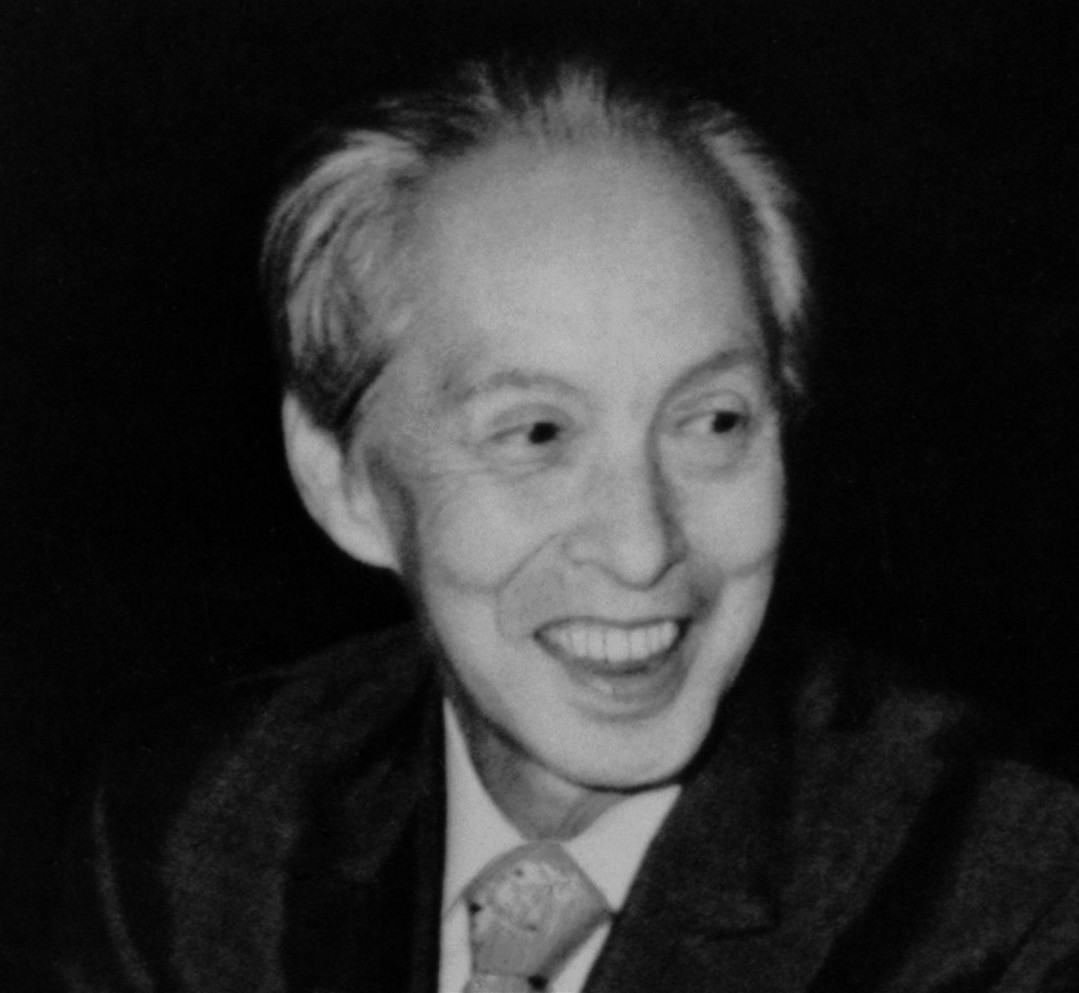
Tomonaga Shin’ichirō – was born in Tokyo. He graduated from Tokyo University in 1929 and worked there for a further 3 years. In 1932 he joined RIKEN, a research institute in Tokyo. Here he began work on quantum electrodynamics (QED) — the frontier theory of light–matter interaction — and produced important papers on the creation of electrons and positrons by photons.
In 1937 Tomonaga moved to the University of Leipzig in Germany to work on nuclear physics with Werner Heisenberg (of uncertainty principle fame). He returned to Japan at the outbreak of the Second World War, where his work helped to resolve a discrepancy between theoretical predictions and observations of cosmic-ray mesons. He was jointly awarded the Academy Prize by the Japan Academy of Science for work on magnetrons (oscillators used in radar systems). Tomonaga married in 1940 and then in 1941 he was appointed professor at Tokyo University of Education.
Your organisation does not have access to this article.
Sign up today to give your students the edge they need to achieve their best grades with subject expertise
Subscribe




